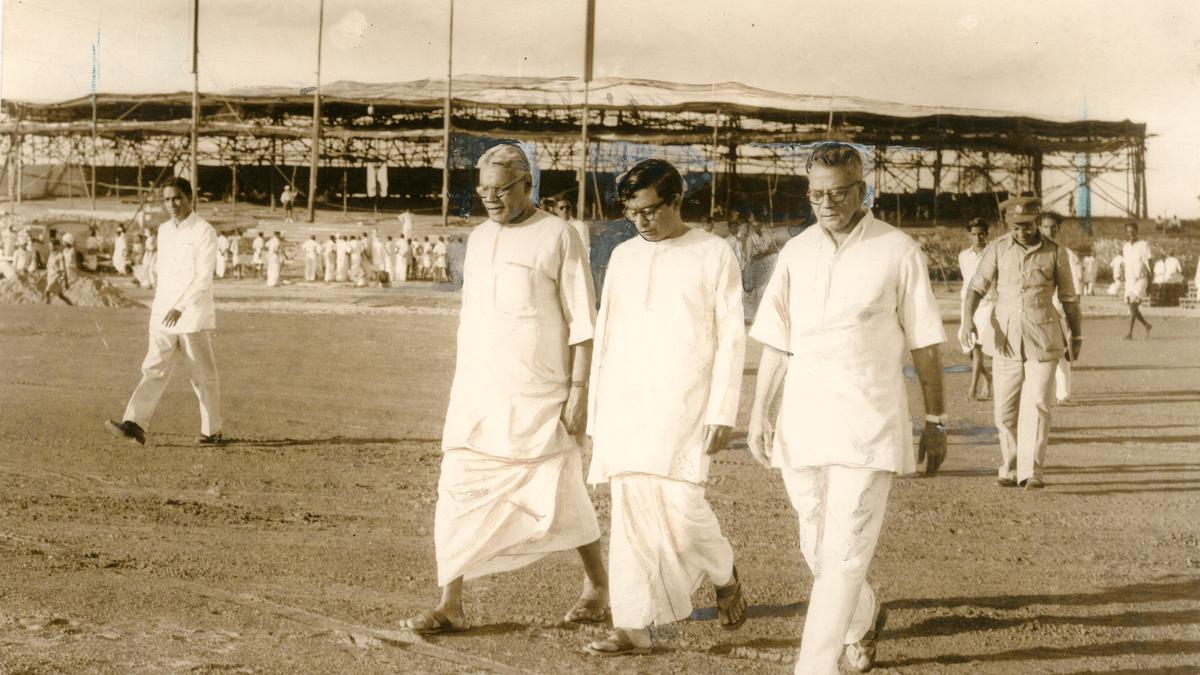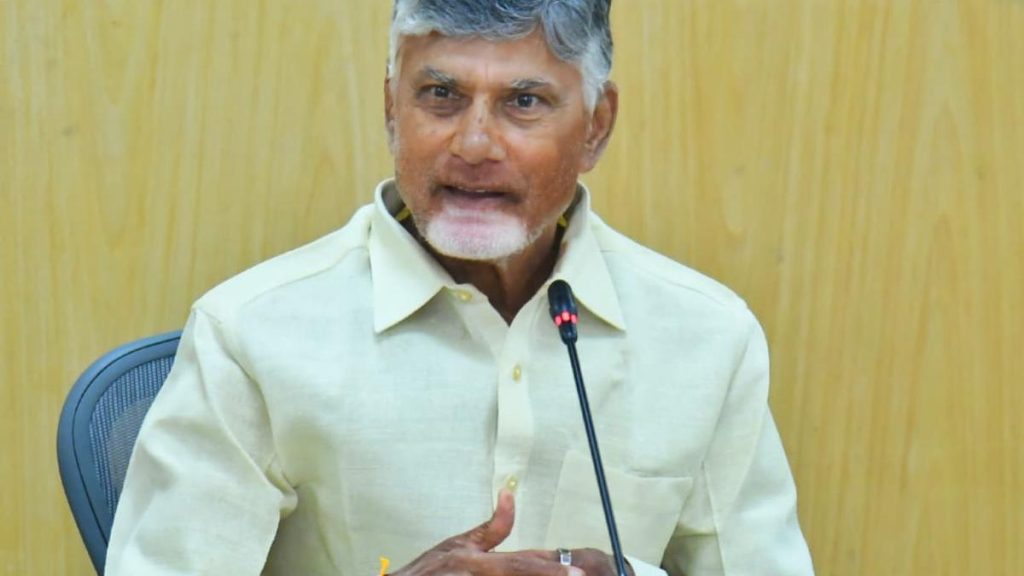Now Reading: India’s Ongoing Struggle to Boost Manufacturing
1
-
01
India’s Ongoing Struggle to Boost Manufacturing
India’s Ongoing Struggle to Boost Manufacturing

Quick Summary
- Indian manufacturing has remained a focus of government policy as Independence, starting from the 1956 Five-Year Plans.
- in 1947, agriculture dominated the economy with 50% of GDP, while manufacturing contributed just 11%. Today, services dominate at nearly 58%, while manufacturing lags at around 12.6%.
- The first Five-Year Plan (1951-56) promoted savings and investments, but lack of domestic capital goods production limited outcomes.Subsequent plans emphasized capital goods investments via public sector initiatives.
- The Industrial Policy Resolutions (1948 and 1956) reserved certain industries for public investment to boost production and control key sectors of the economy.
- Policies like licensing regulations and high import tariffs were implemented to protect domestic manufacturing through much of India’s early economic history.
- Manufacturing grew steadily post-Independence but started declining after hitting its GDP share peak at about 15%-17% in the mid-to-late twentieth century. Important growth reforms came only in phases after liberalization in the early ’90s.
- A sharp decline occurred after a lending-fueled NPAs crisis during the period between 2009-18 stalled industrial credit flow.
-Over-reliance on Chinese imports shifted India’s emphasis towards assembling/repack plants remaining weaker role regularly spotlight by places official calls esp creditional cost capacity unavailabilityiggled debates weakened fails delivery State partnerships rammed dok
Stay Informed With the Latest & Most Important News
Previous Post
Next Post
Loading Next Post...
























